These Brown Sugar Desserts are bursting with molasses flavor and caramel notes! If you have ever wondered what to do with brown sugar, then you will find a curated collection of baking recipes, from chocolate chip cookies, cakes, to gluten-free desserts that are guaranteed to satisfy your sweet tooth.
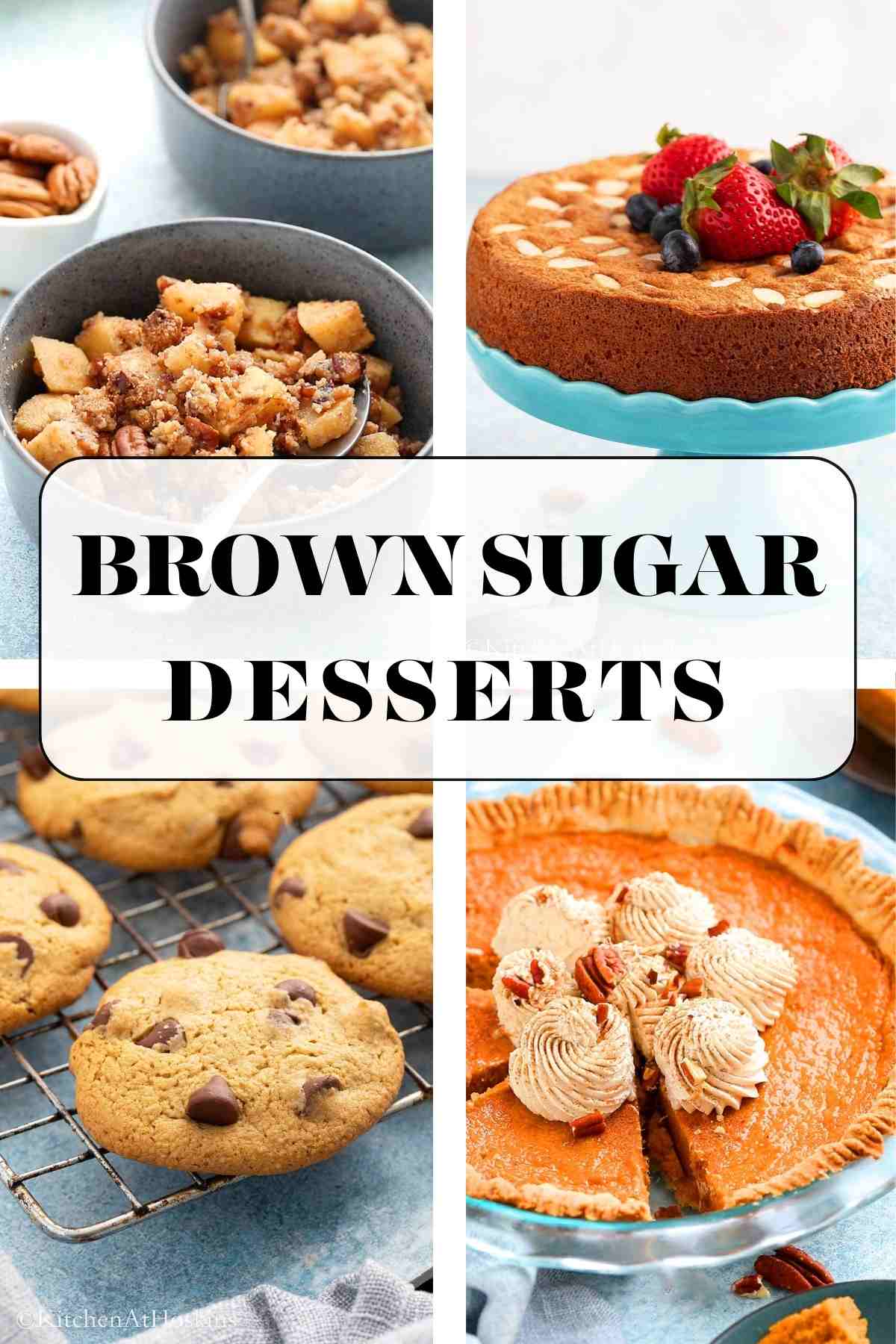
Jump to:
What is brown sugar?
Brown sugar is a sweetener commonly used in cooking and baking. It is created by blending white sugar granules with molasses, a dark, dense byproduct obtained while processing sugarcane juice into sugar.
The amount of molasses added determines the color and flavor of the brown sugar. This mixture is thoroughly blended until the molasses is evenly distributed throughout the sugar crystals, resulting in its characteristic brown color, soft texture, and slightly caramel-like flavor.
It's mainly used in baking a variety of treats such as cookies, cakes, pies, and other desserts, especially in fall baking recipes. It also enhances sauces and marinades, perfect for savory dishes like brown sugar roasted baby carrots.
Types of brown sugars
There are two main types - light brown sugar and dark brown sugar.
Light brown sugar contains a lower amount of molasses compared to dark brown sugar. So, it is lighter in color, ranging from pale golden to light brown, with a milder flavor profile and subtle caramel notes. It adds sweetness without overpowering other ingredients, and it complements the natural sweetness of sweet potatoes beautifully, making it a great addition to dishes like sweet potato souffle or air fryer baked sweet potatoes.
Dark brown sugar has a higher molasses content, resulting in a darker color, more robust caramel, and toffee-like notes. It has a richer taste than light brown sugar and adds a more pronounced depth of flavor to the dish, as in the French toast muffins. Due to its higher molasses content, it can provide additional protection from burning and is a better choice for meat rubs. Its higher acidity makes the meat more tender and elevates the savory notes.
Both types of brown sugar are used interchangeably in various recipes based on the desired flavor and intensity. They add moisture, sweetness, and a distinctive taste to dishes.
Golden brown sugar
Although it is less commonly found, golden brown sugar falls between light and dark brown sugar in terms of its molasses content. It has a slightly lighter color and a more delicate flavor than dark brown sugar. Still, it contains more molasses than light brown sugar.
It can be often used interchangeably with light brown sugar in recipes, like in the almond butter cookies.
Benefits of using brown sugar in baking compared to using white sugar?
The molasses in brown sugar adds depth and richness to baked goods that white sugar may not provide. It also retains moisture, resulting in softer, chewier, and moister products than those made with white sugar.
While white sugar sweetens a recipe, brown sugar naturally imparts a warm, golden color because it caramelizes more readily when exposed to heat due to the Maillard reaction, thereby developing increasingly rich and complex flavors.
Brown sugar's slight acidity can help activate baking soda in recipes, aiding in leavening and contributing to the rise and texture of baked goods.
For instance, I use brown sugar instead of white in the chocolate chip cookie mug cake because it adds an instant toffee-like flavor in the short microwave time compared to a longer caramelization time when baked in the oven.
Want To Save This Recipe?
Tips for storing brown sugar
Due to its moisture content from the molasses, brown sugar tends to clump together and needs to be stored properly.
- Transfer it to an airtight container as soon as you open the bag. Seal the container tightly to prevent air from getting in, which can cause the sugar to harden. Even a small opening can allow air in and contribute to clumping.
- Keep the sealed container in a cool and dry place, away from direct sunlight and heat sources. Exposure to heat or humidity can cause the sugar to harden and clump.
- Sometimes, placing a moisture-retaining item in the container with the brown sugar can help. A small piece of bread, a marshmallow, or a terra-cotta saver disc can help retain moisture and prevent clumping.
Ways to soften brown sugar
- Microwave- Place it in a microwave-safe bowl and cover it with a damp paper towel. Microwave for about 20 seconds to soften.
- Food processor - Add the hardened brown sugar to a clean and dry food processor and process until the lumps are broken.
- Alternate method - If you aren't pressed for time, use a slice of bread or an apple in an airtight container with the brown sugar and keep it for 24 hours.
Does brown sugar alter the taste and texture of a dessert?
Yes, brown sugar can significantly alter the taste and texture of a dessert compared to using white sugar. The molasses contributes a distinct caramel-like flavor that white sugar doesn't possess. This can impart subtle notes of toffee and caramel.
This additional moisture contributes to a softer, moister texture in baked goods, such as cookies, cakes, or muffins. Desserts made with brown sugar tend to have a chewier and more tender consistency than those made with white sugar.
The higher moisture may result in a denser texture for certain recipes, while in others, it can yield a softer and more delicate crumb.
When used in baking soda recipes, the acid in brown sugar reacts with it and produces carbon dioxide, giving a higher rise in cakes or muffins and a chewy texture in cookies.
Brown sugar dessert recipes
Brown sugar dessert recipes have that warm color and flavor that white sugar simply can't. So, take a bite, feel the warmth, and enjoy these delicious desserts made with brown sugar!
Did you make this recipe? I’d love your feedback! Please let me know by leaving a comment, a star rating or review below.
All contents and images are my original work, unless and otherwise mentioned. Please do not use my recipes or images without linking back to www.kitchenathoskins.com. If you wish to republish a recipe, please rewrite in your own words and don’t forget to include a link back to the original recipe.
Some of the links above are affiliate links, which pay me a small commission for my referral at no extra cost to you! I am a participant in the Amazon Services LLC Associates Program, an affiliate advertising program designed to provide a means for us to earn fees by linking to Amazon.com and affiliated sites. Thank you for supporting kitchenathoskins.com.


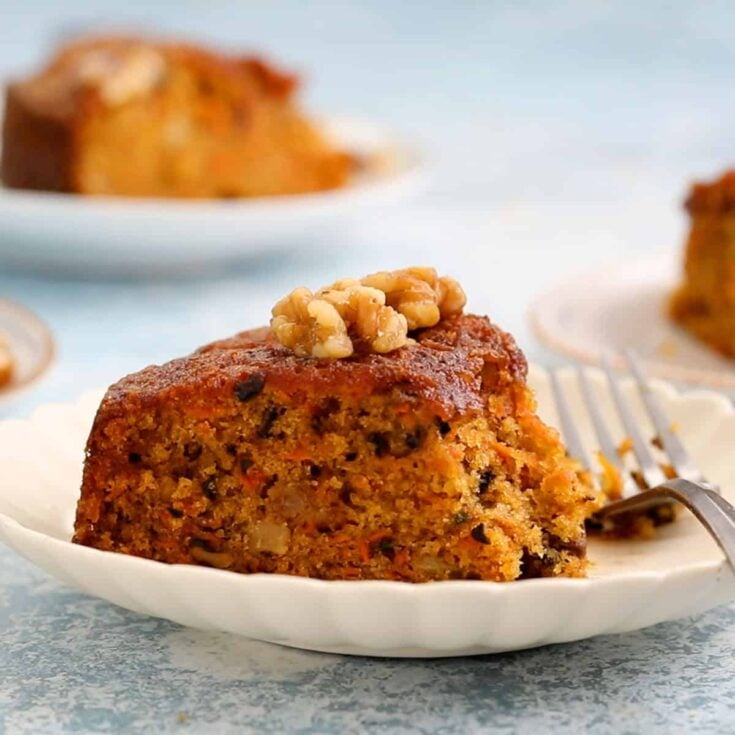



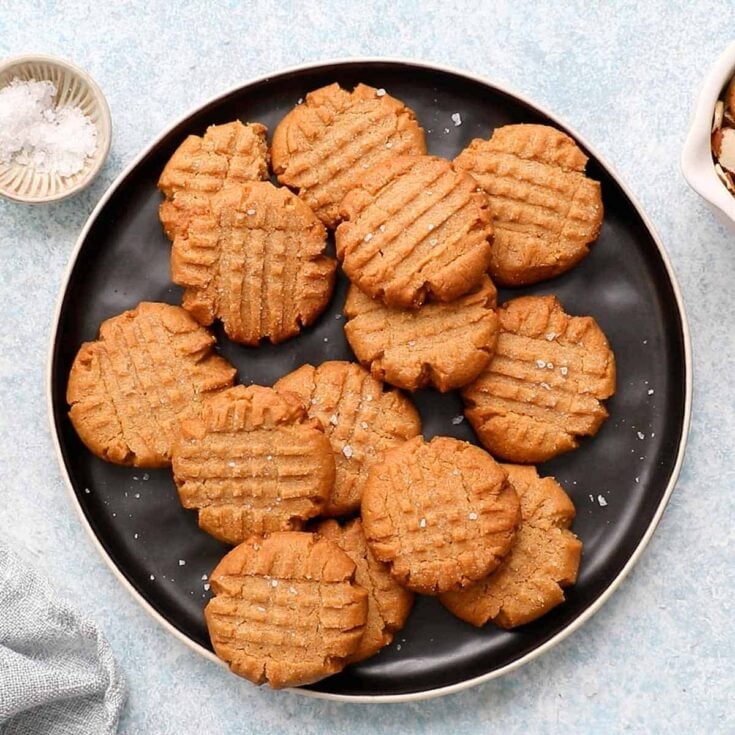
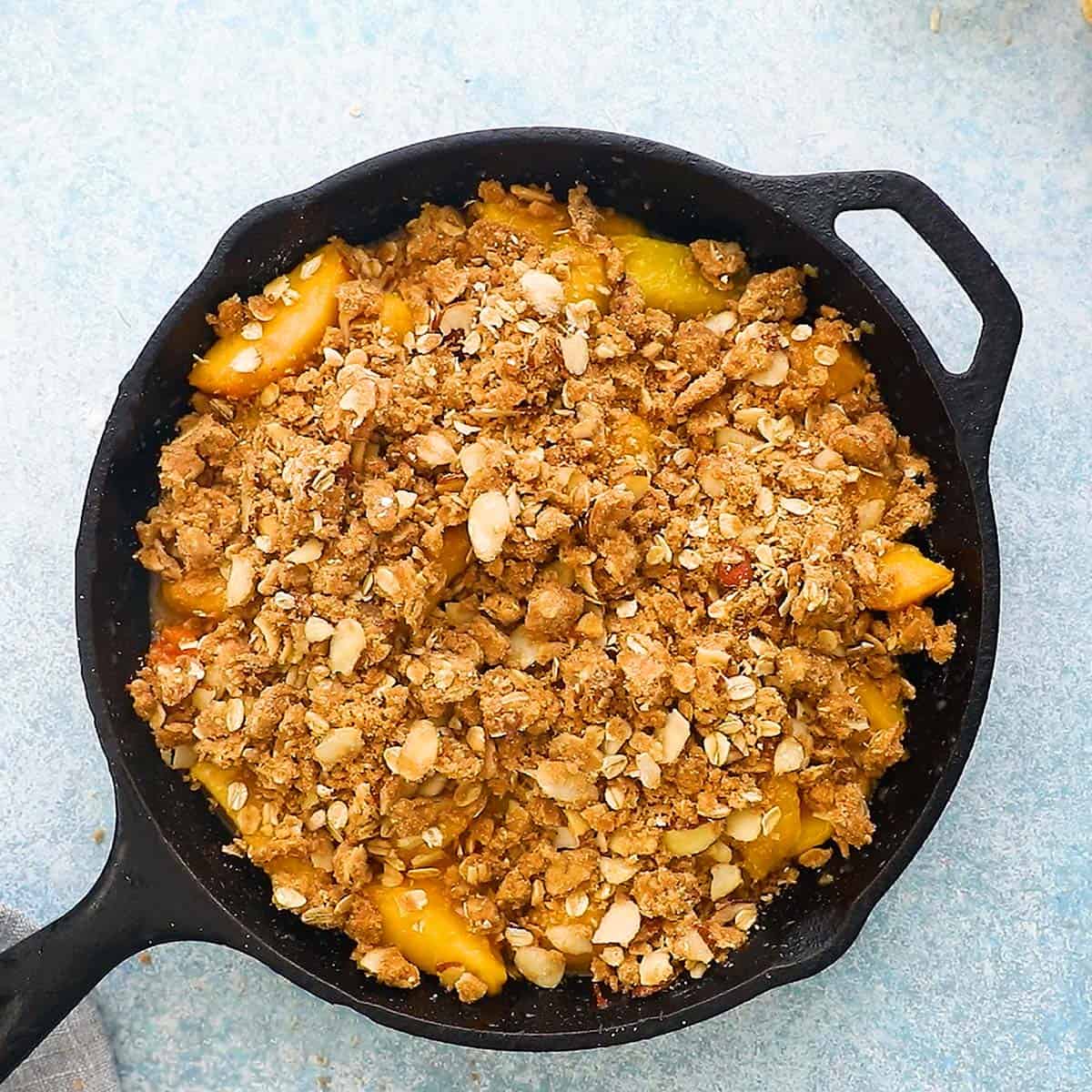
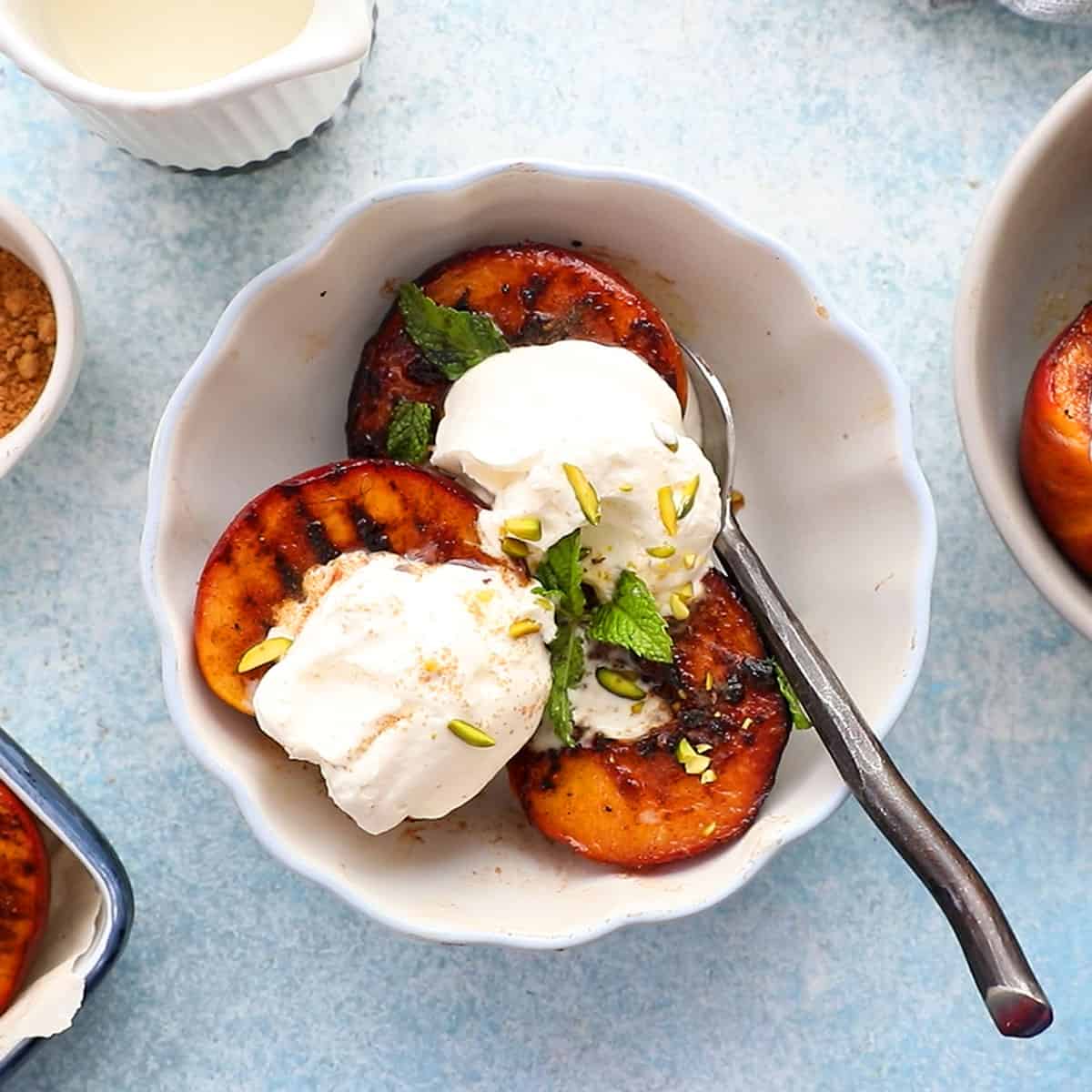
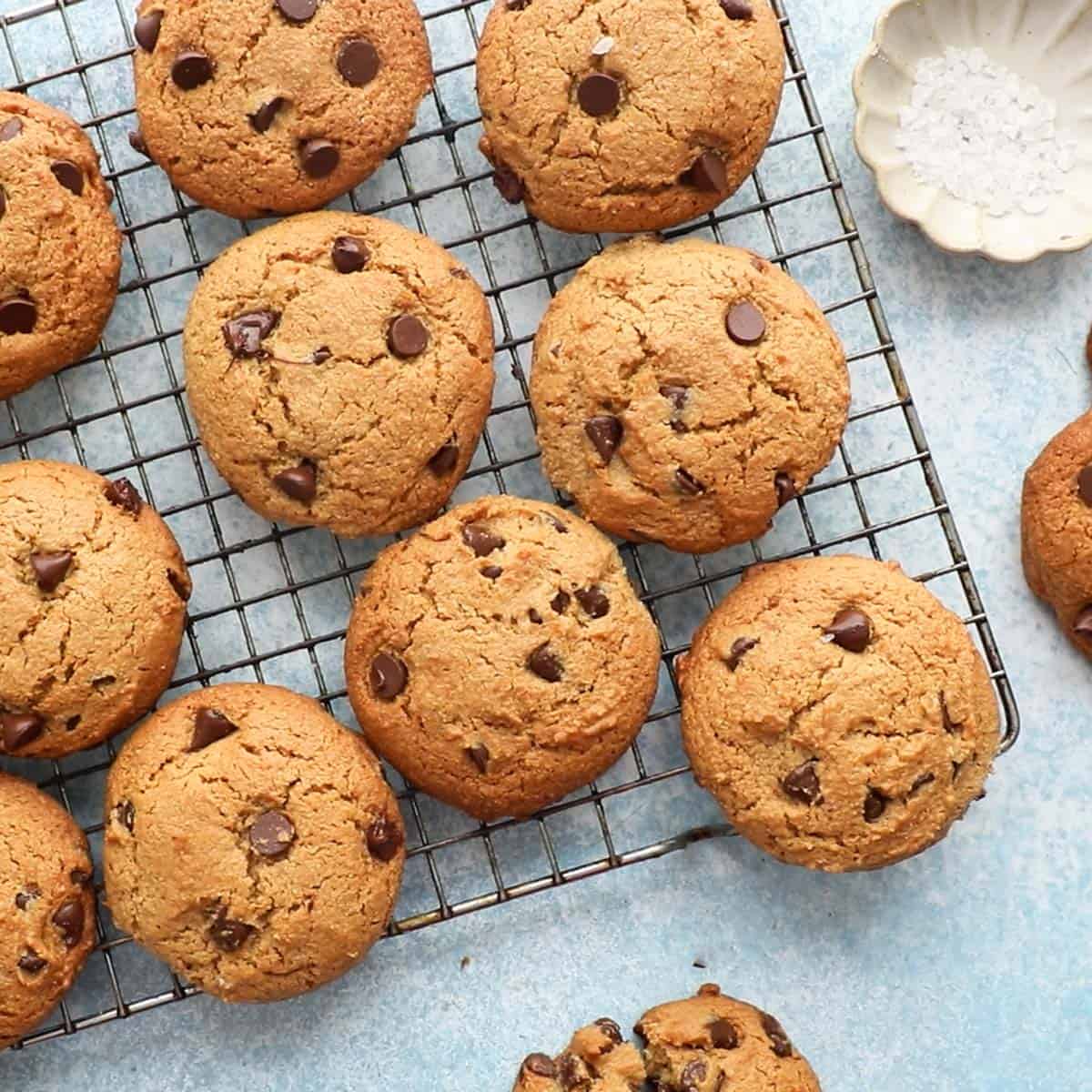

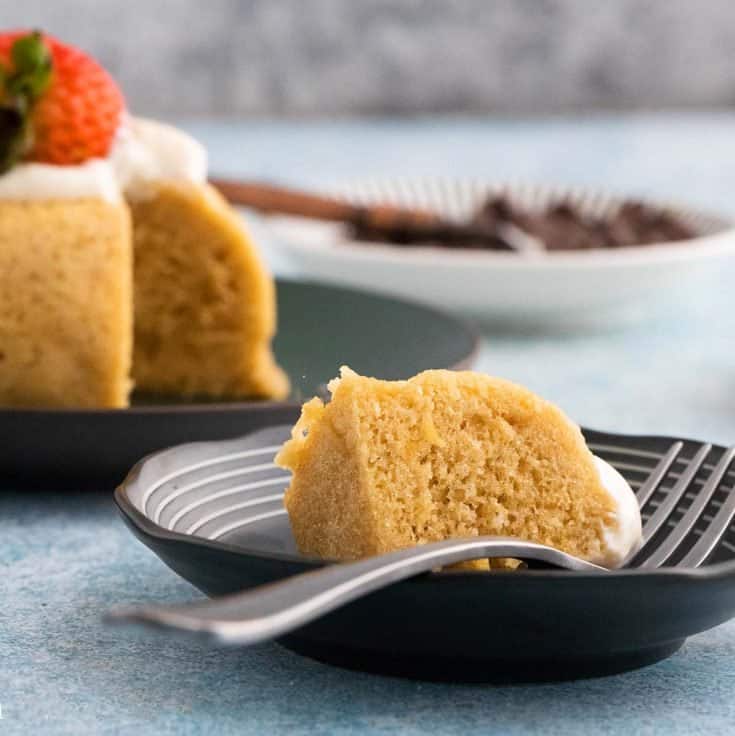
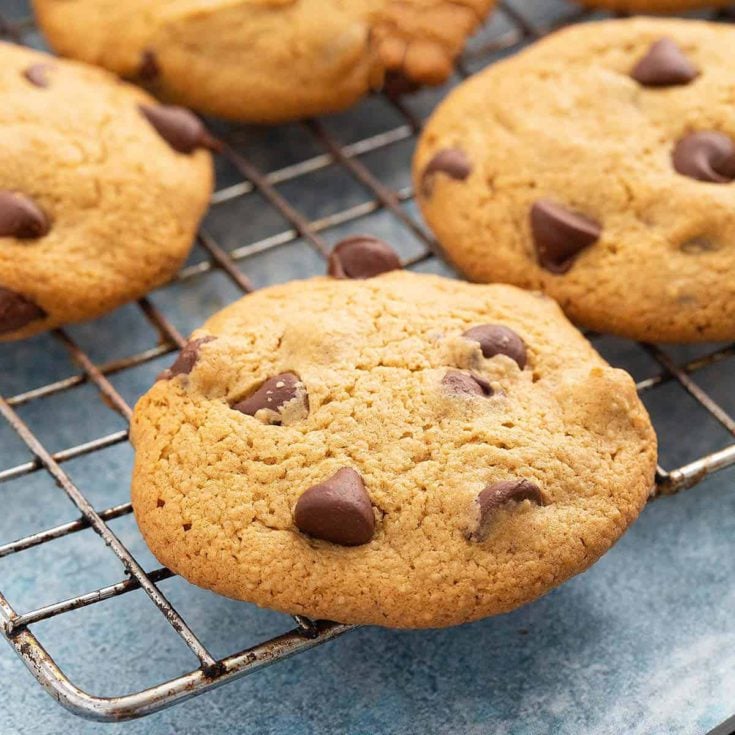
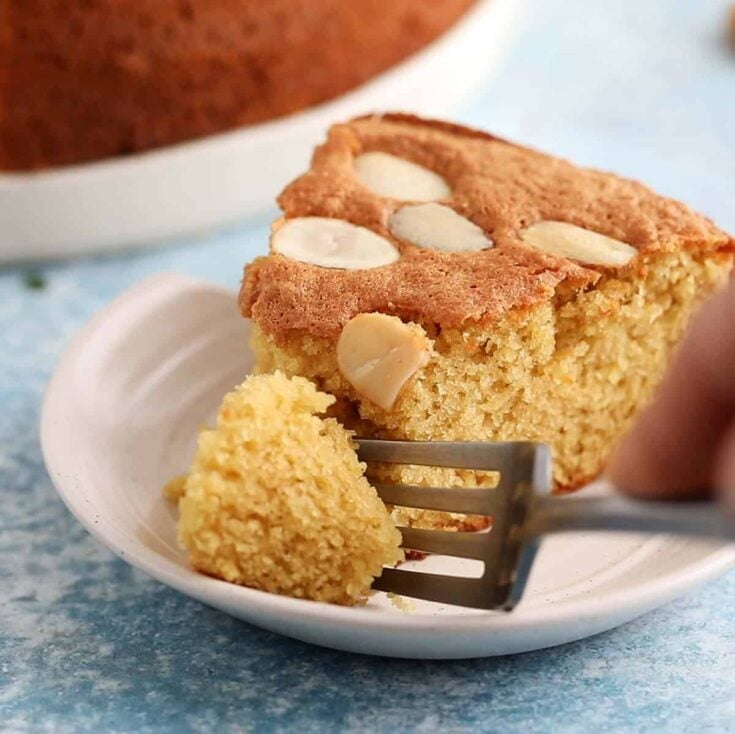
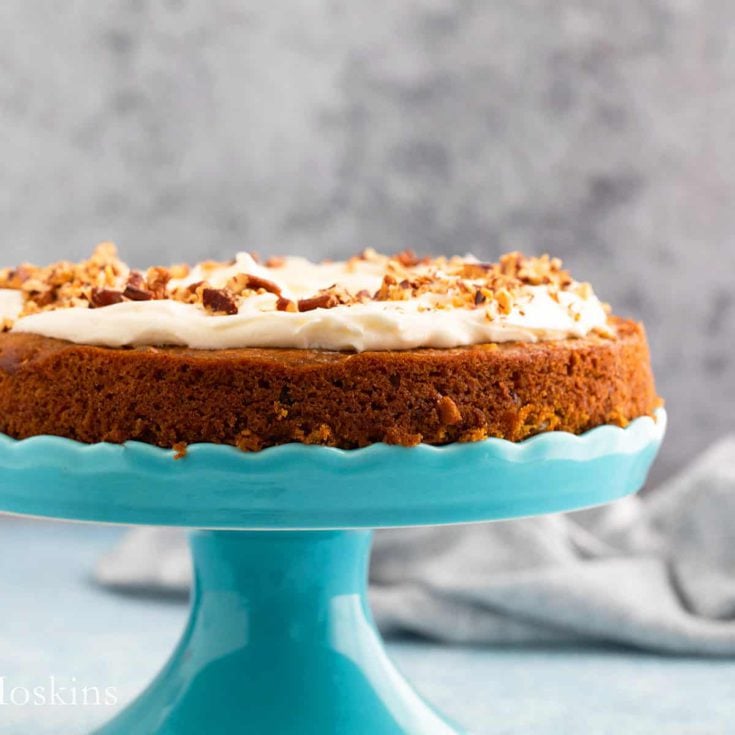
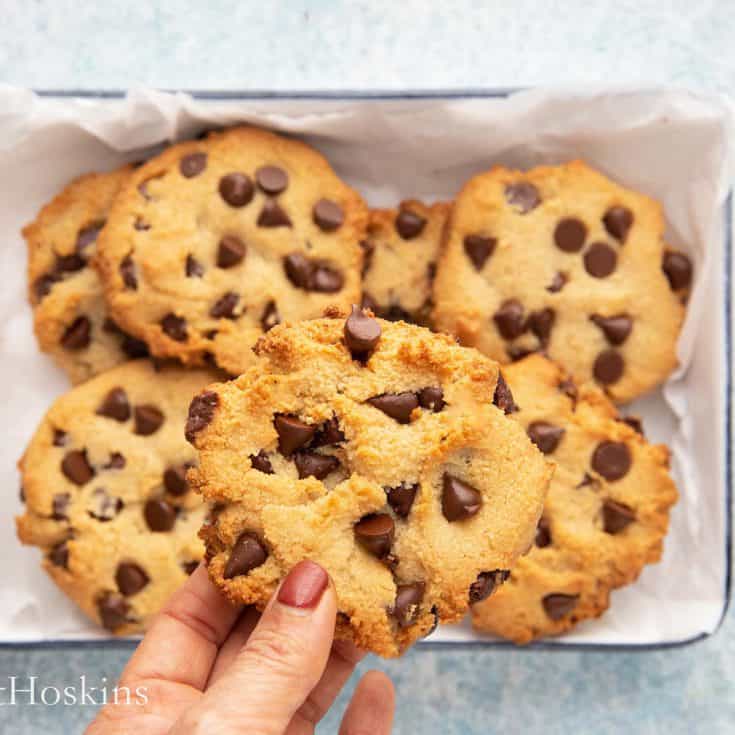
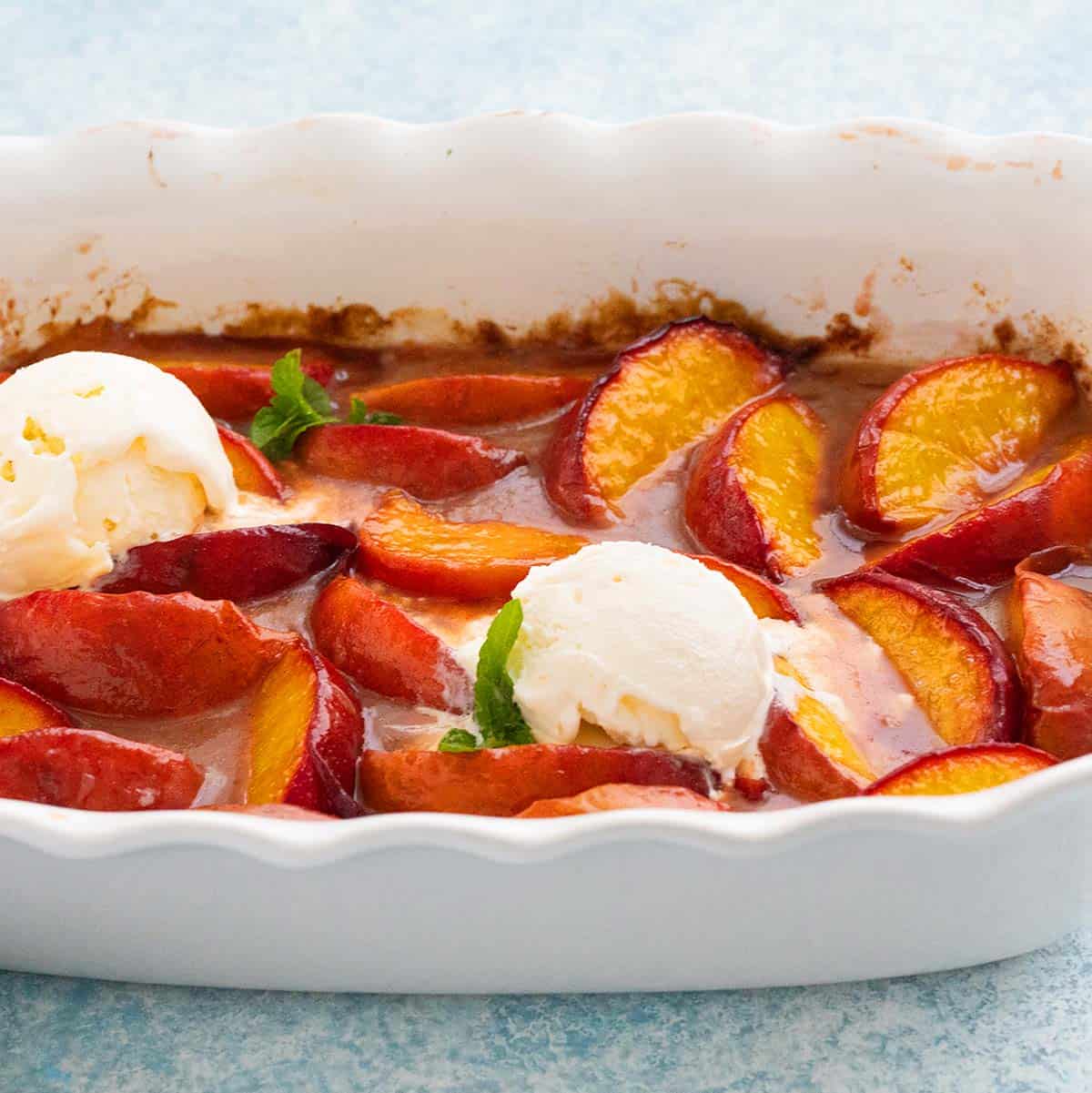
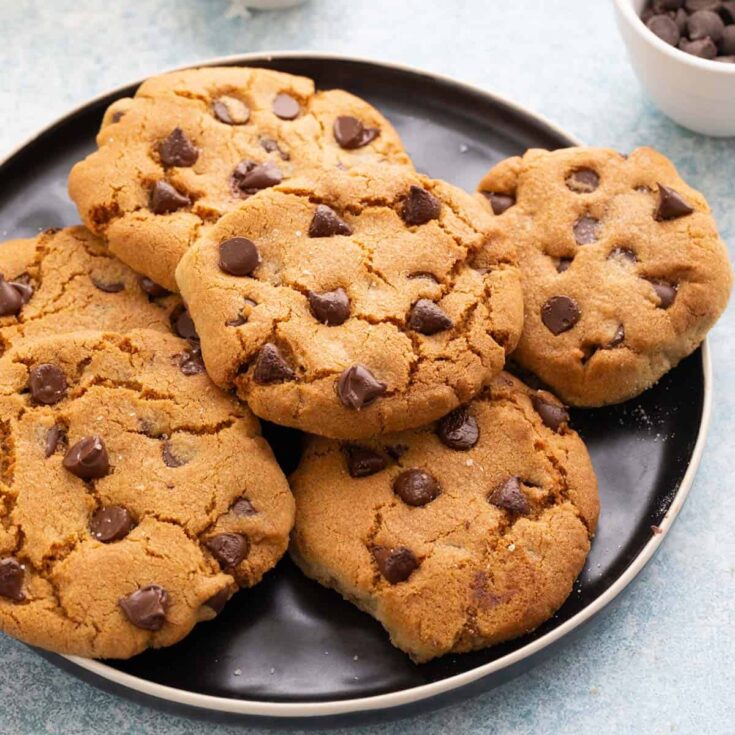


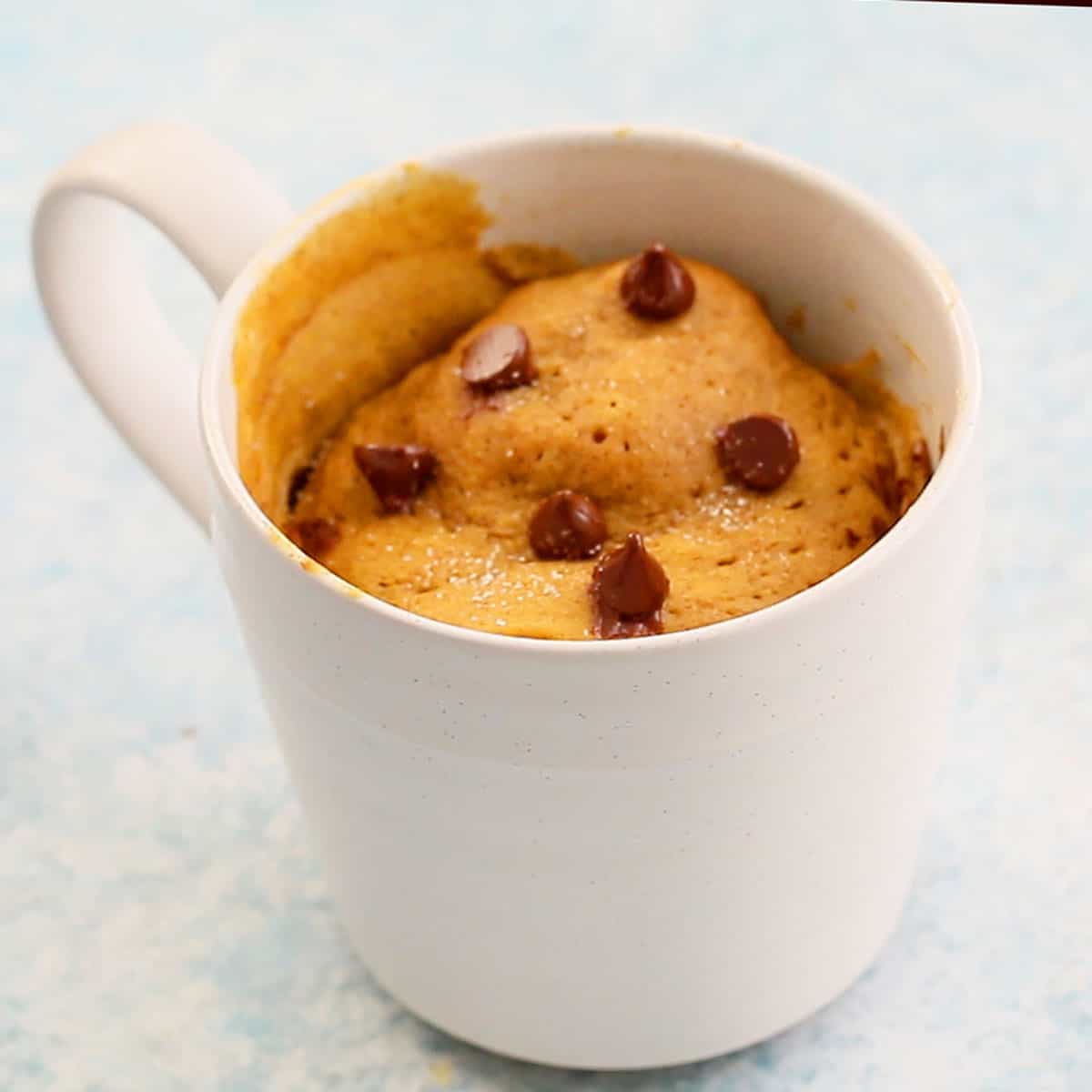



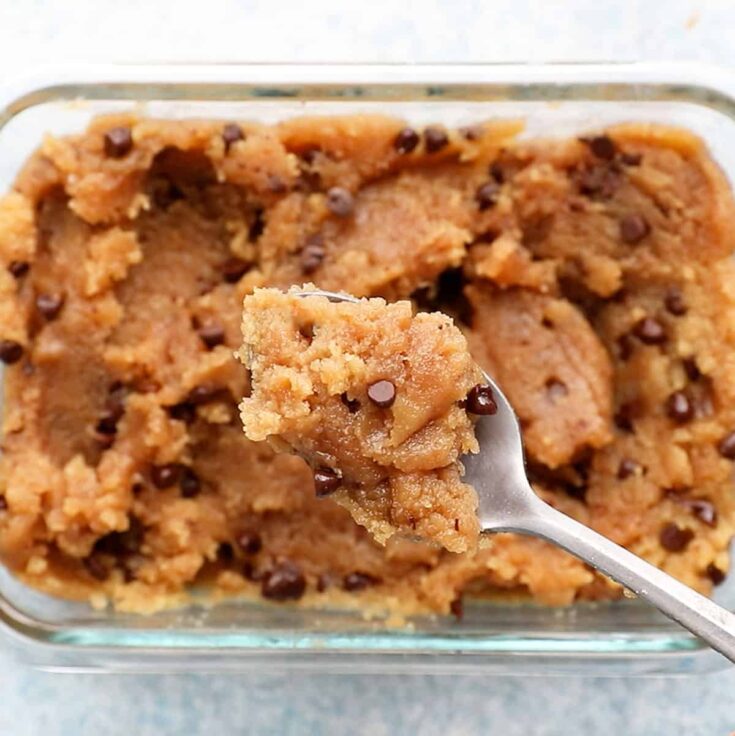
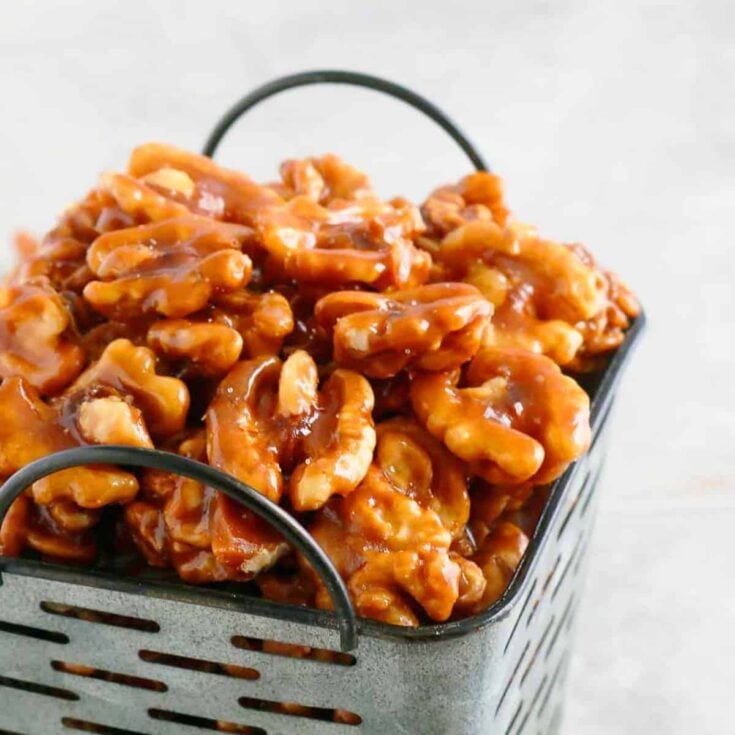
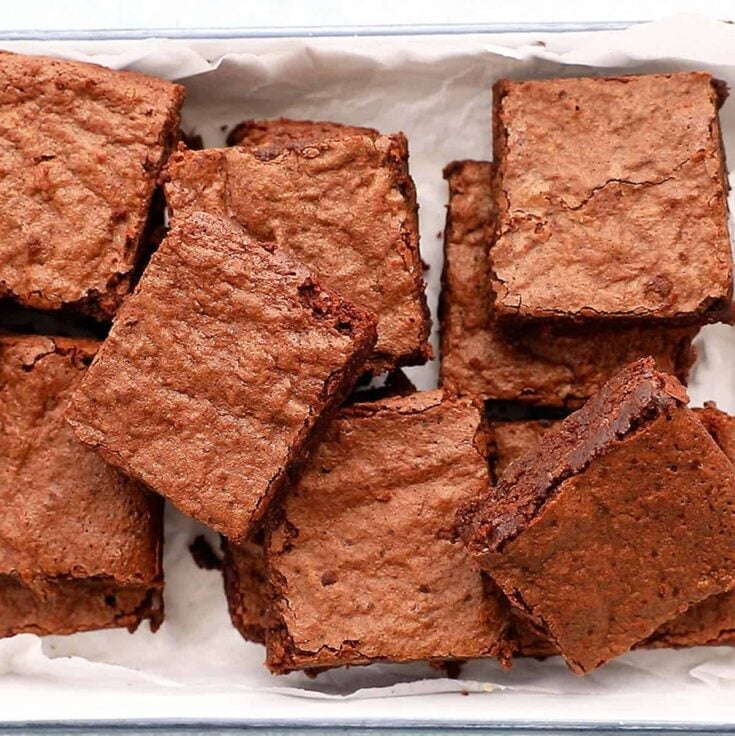
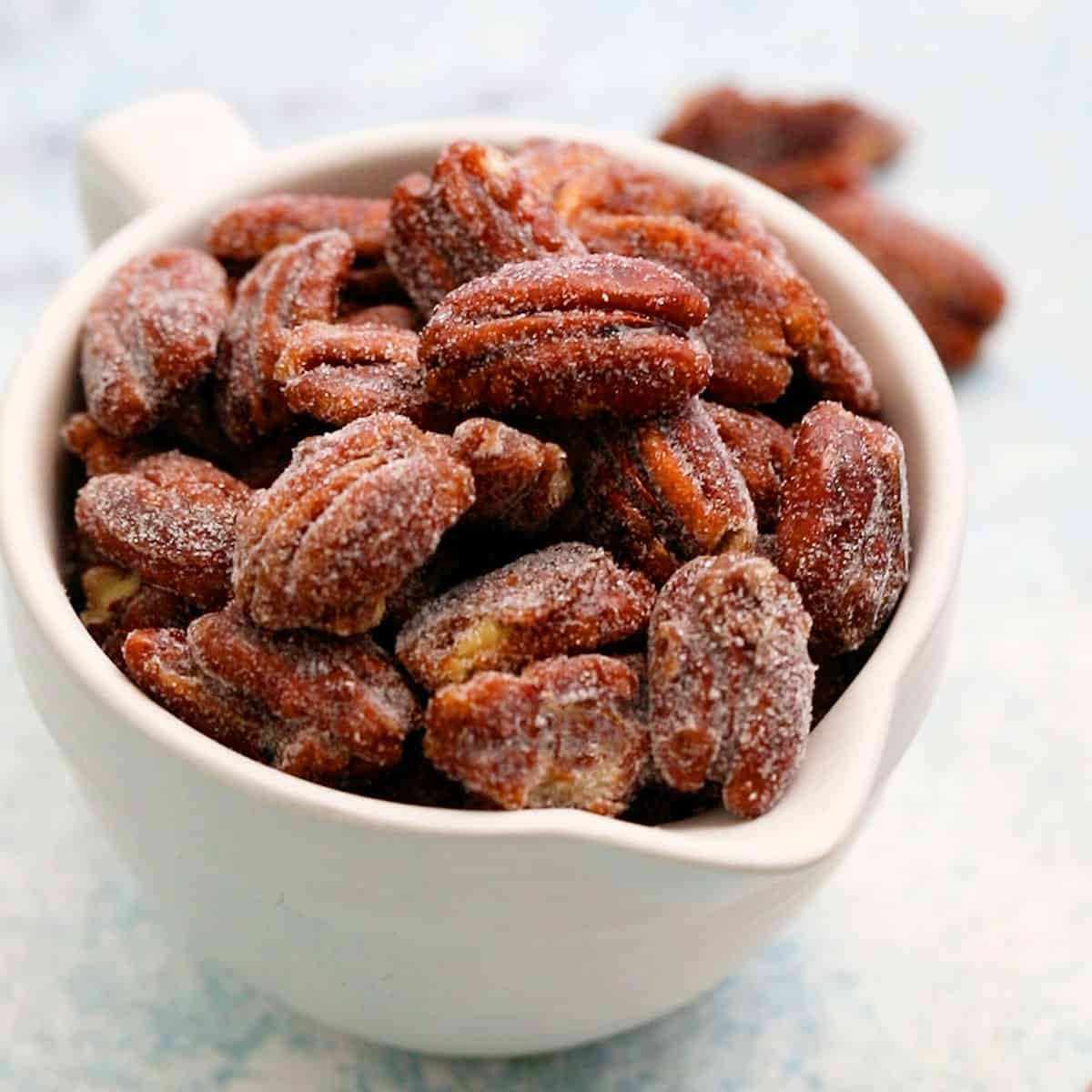
Leave a Reply